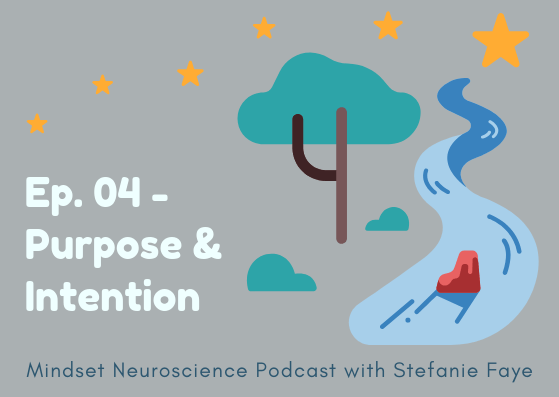
As we interact with many systems, we play a role in clearing pathways for brighter futures ahead for ourselves, our loved ones and future generations.
How we respond to danger (perceived and real) and WHO we turn to (including ourselves and others) in the midst of uncertainty and threat is one of the most powerful foundations for future behavior and how we process information.
The self-regulating abilities of the people around us during times of distress, dysregulation and danger and uncertainty play a major role in how accurately we predict, prepare for and respond to future situations. The brain perceives these self-regulating abilities through its detection of frequencies and waves emitted by micro-movements from our muscles and bones (in relation to our internal state).**
*all of us have limited information from which we make decisions - we use the best information we have, but the best we have is ALWAYS limited - systems theorists call this bounded rationality
**my book goes ALL into that… fun reading for all you science and neuro-bio-mechanics nerds out there!
Our brains work with statistics and salience*
The data that is collected from observing the people and environments around us build up statistical probabilities. Statistics are based on frequency. How often something happens can build a type of internal working model that builds algorithms to anticipate and prepare for that event to occur again. There is an advantage and disadvantage to this.
In terms of actual threat and danger, this type of preparation, combined with empowering training** and tools, can help us navigate distressing, dysregulating and dangerous situations in ways that are adaptive, responsive, accurate and successful.
On the other hand, if we are not aware of how much our past plays a role in how we perceive our present, we may respond to situations as being more threatening (such as in threatening to our self-esteem, identity, sense of security) than they actually are. This is tied to ‘context sensitivity’, and is especially relevant to social dynamics. Where we may perceive someone’s behavior in ways that get us to react maladaptively and based more on our past than what is occurring now.
Increasing this type of self-awareness is a lifelong process that never ends, and each person we interact with - from strangers, to friends, partners, and parents - gives us a chance to learn how to update how we want to respond.
*Salience is about the emotional significance of an event or stimulus. I’ll be going into these concepts and more in the master seminar I’ll be offering this year.
**see side note below for more on this
Two key words are CRITICALLY important for updating those algorithms...
Those words are WHO and NOW.
WHO you surround yourself with NOW can help update those statistics. If we have histories with people where our perception of ourselves and their perception of us hinders our growth, or that lead our brain to default into activations that feel dysregulating or make us doubt our own potential, we must find ways to surround ourselves NOW with people WHO help activate other types of networks.
Much of this work is internal, but we are a hyper-social species - other people are feedback systems that provide our brain data to build its algorithms and problem-solving, nervous system-regulating abilities.
You, as a human super-learner, have the ability to update your brain’s algorithms by updating the data you allow into your awareness. This includes who you interact with, as well as where you allow your attentional circuits to go when you are on your own. The more intentional you are about being with, observing, and thinking about people who offer a feeling of alignment, safety and wellbeing, the more you will have access to neural circuits that are self-regulating in times of distress.


